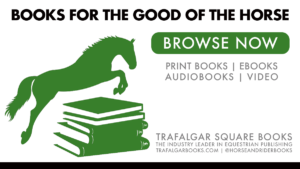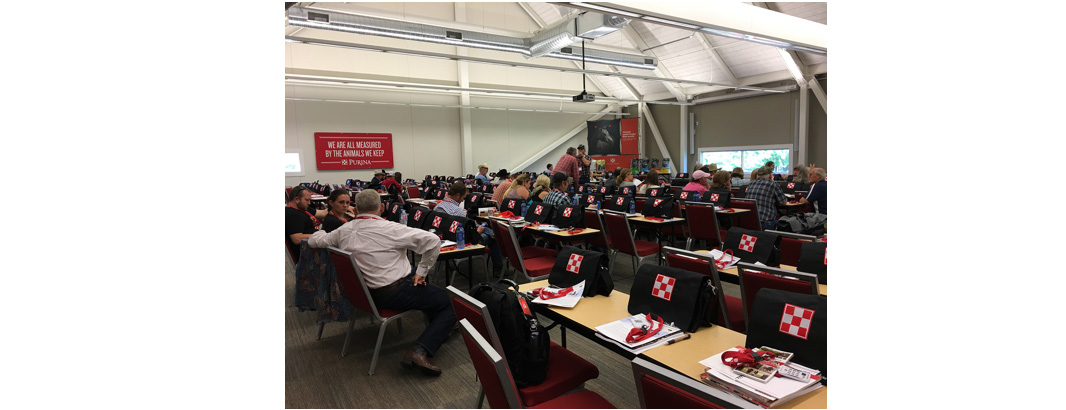Purina Research Farm Tour Inspired Introspection
by Karen Pickering, NWHS Publisher
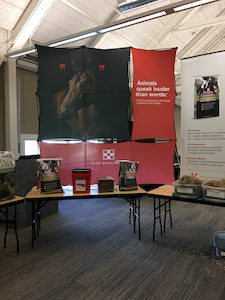
One of the perks of being a publisher of a horse magazine is the golden opportunities I have to meet people and organizations that influence the horse world. My September trip to the Purina Professional Horse Conference inspired many ideas that prompted me to do more research to share with my readers.
There are as many opinions about feeding horses as there are feed companies. Purina has dedicated a beautiful research farm to better the lives of our animals and educate horse owners on best practices when feeding and caring for our horses.
Our theme for this December issue is Senior Horses and Nutrition, so I thought it appropriate to share the story of my trip.
It was an exciting start when we were bussed to the Anheuser Busch plant in St. Louis. Wow, what a treat to visit the brewery and learn a bit about its history (it was established in 1852). The real delight was visiting the brewery stables where some of the Budweiser Clydesdales live. All the Budweiser Clydesdales, whether on one of the farms or on the road, are fed Purina Horse Feed.
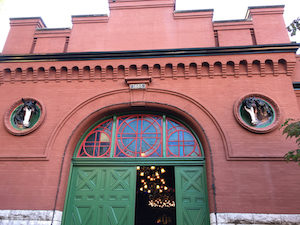
I was impressed with the team of professionals that gave the presentations and shared their perspective on horse care. Most of the speakers had PhD’s or were veterinarians. It was an impressive line-up of equine professionals. I think I was most impressed with the high standards of research and quality-control measures implemented when producing feed. It made me think of Starbucks—no matter where you go you get the same consistency and quality of coffee.
Topics covered included:
- Measuring physiological responses to exercise
- Measuring effects of nutrition on reproduction and growth
- Who’s fat and who’s fit?
- Measuring digestibility and palatability
- Feeding for optimal reproduction and growth
- Nutrition support for equine athletes
- Horse health issues
- Nutritional support for aging horses
This really changed my perspective on feeding grain to horses. Some of the discussion covered forage and how exercise and free turnout was so important to the well-being of our horses. Confinement is one of the biggest issues for horses. They were designed to browse and move all day, eating small quantities at a time. I was blown away by how small a horse’s stomach is and how large the caecum is.
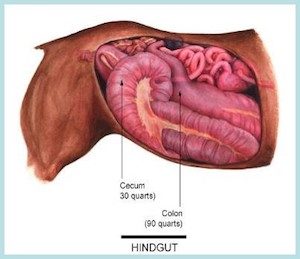
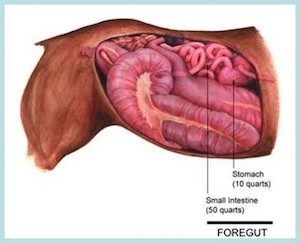
The 1200-acre research facility houses 3,000 animals. They have conducted 24,000 studies and hold 110+ patents. It has been a working research farm since 1926. Over a million visitors have toured this facility ranging from customers, producers, 4-H and FFA clubs, dealer networks, and trainers and breeders. They support their products through research and teaching people how to care for their horses.
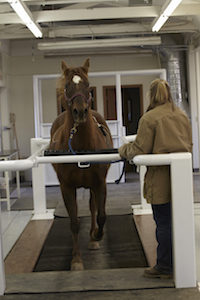
The horses in the Palatability Barn have the best job on the farm: they taste all the feed formulations to see which ones they like best. What a job! This section of the farm was one of my favorites. I loved the talk on body weight and condition scoring. They brought out a horse and had us guess his weight. I was off by over 300 pounds. They also stressed the importance of weighing your feed. We all went home with a little scale so it’s time to do it. Guessing is not a good idea.
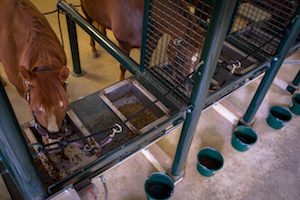
One of the resources Purina uses to determine the nutrient requirements in their feed is a third party resource. To see what your horse’s requirements are visit nrc88.nas.edu/nrh/. Visit www.horse.purinamills.com to see the research that goes into their feed on an ongoing basis. They will answer any questions you have and are a valuable resource on feeding your horse.
Originally Published December 2016 Issue
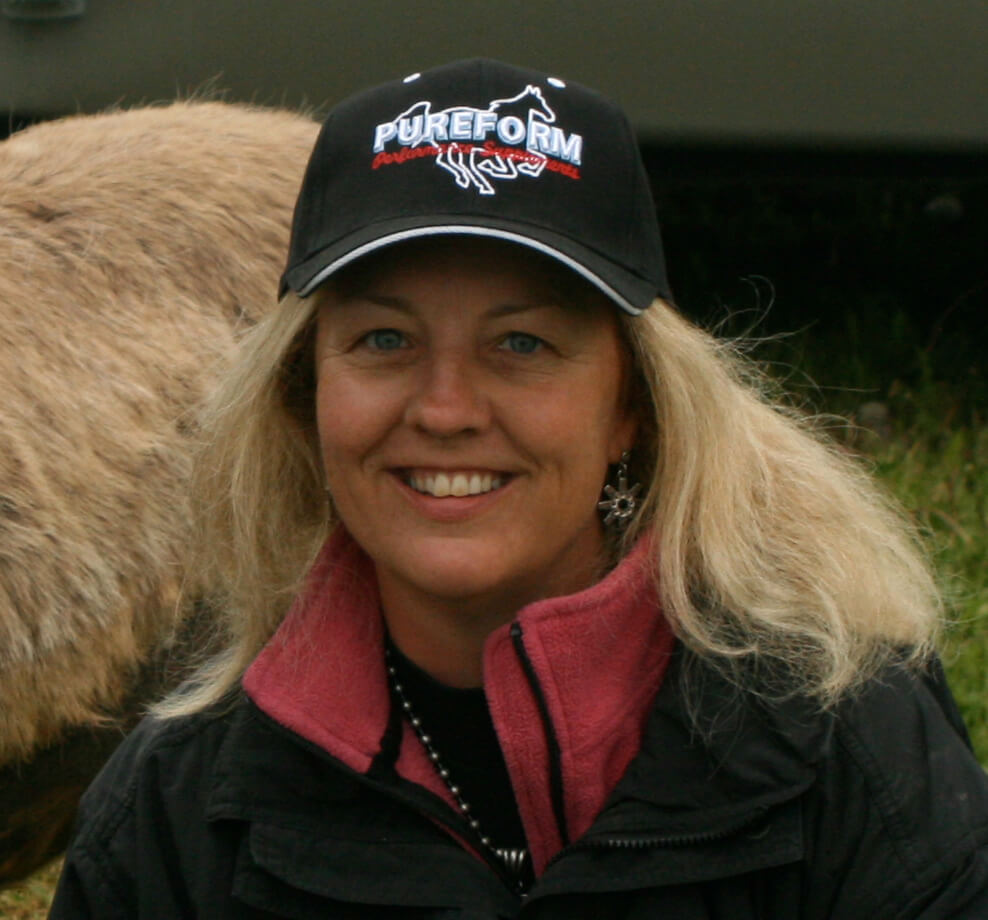
Owner/Publisher Karen’s lifelong love of horses began at a very early age when she wore out a couple of rocking horses before convincing her parents to get her the real thing. That ill-tempered bay gelding, Brandy, was a challenge for the young horsewoman, but it drove her ambition to become a horse trainer. After attending Canyonview Equestrian College’s Horsemanship Program, Karen realized she needed work that was a little more lucrative than training, so she took a job with Customs Brokerage to pay the bills. There, she discovered an affinity for computers and a talent for creating informative, entertaining newsletters. The Northwest Horse Source began as such a letter in December 1995, with a distribution of 1000 copies for its 12 black and white pages. Now 29 years later, it’s an online magazine and website with a reach of over 10,000 per month and growing! Not bad for the results of one woman’s dream to work with horses!
Today, Karen remains involved with every aspect of the magazine and treasures the community of thousands who share a common passion.



